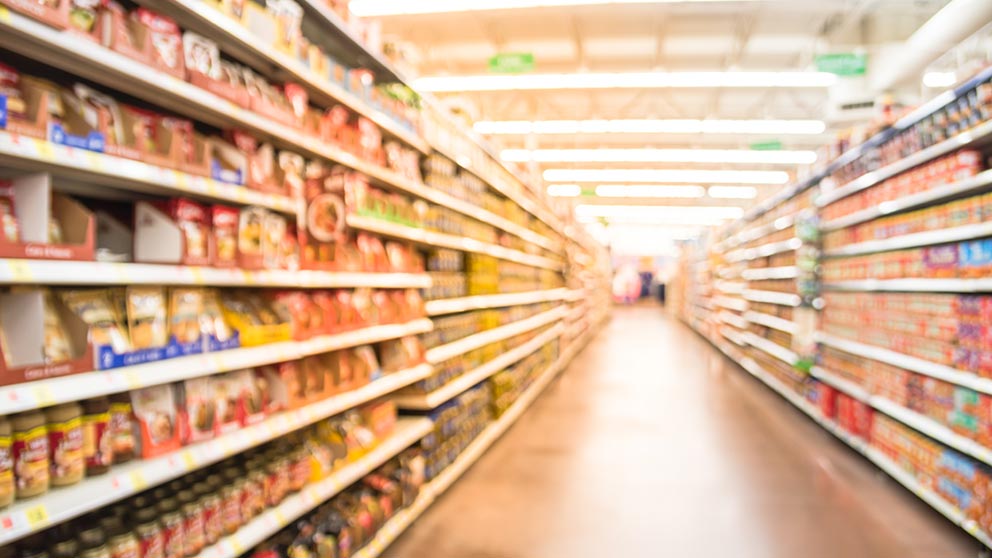Getting to know your customers and consumers

Successful food processors can satisfy two groups - customers and consumers. Your customers are retailers and distributors who buy your products and put them on the shelf. Consumers pick up your products and put them in their shopping carts. The best strategy to stay on the shelf is to get into the shopping cart.
Define your target market
No product appeals to everyone, so you need to focus on who is most likely to buy your products.
A solid definition of your target market consumer is essential. No product appeals to everyone, so you need to focus on who is most likely to buy your products. This target market can evolve, and it’s a good idea to revisit the definition annually to ensure you’re still developing relationships with the right people. Everyone in your organization should know the target market because any time a change is made to the offering, it should be done to improve your chances of getting that consumer to buy.
One reason the definition of the target market is critical is to help you understand where you’re most likely to find these people and connect with them. Some consumers are more likely to be on Instagram, while others might watch the local news on cable television. There are many opportunities to build a relationship with consumers. You can use mass media, social media, retailer loyalty programs and direct and online selling. Most successful products use a combination of these tactics, and there’s no ultimate solution. Continuously assess how your tactics perform and find the most effective investments.
Your target market definition should also influence the retailers you target for your products. Not every shelf is the right shelf.
For example, a premium item with ingredients sourced from Europe will likely sell better in a conventional store than a discount retailer. Your first choice of retailers should be where your target market is most likely to be shopping. Retailers appreciate suppliers that are interested in their business.
Some questions to ask about customers:
From my research, our target market is young families looking for nutritious snacks for their children aged 2-15. Would it be a good fit for your conventional stores?
From visiting your stores, we noticed your shoppers are focused on larger-sized packages that deliver value. Are there any other shopper characteristics you could provide?
Our consumer research indicates this product sells best with the regular activity associated with loyalty programs. Do you find your shoppers following similar patterns with a higher loyalty penetration in these stores?
Keep an open line of communication
The best consumer relationships are two-way conversations. Yes, you must promote, but you must also listen and respond. Consumers expect to have more say, and if they invest their time on social media to interact with you, they want a response. Just a simple acknowledgement is enough, but it must be done so they feel appreciated and part of the brand.
Social media allows interacting and soliciting opinions from consumers. We see large brands testing different flavours and giving consumers the power to decide which flavour will stay and which will disappear from the market.
A simple log of consumer interaction is beneficial to your business. Review the feedback you’re getting and explore it for opportunities. When you experience requests for specific items or issues, you know there might be a chance to develop an opportunity or make an improvement.
Consumers decide the fate of all food and beverage products. If the demand isn’t there, even the best products won’t stay on the shelf. If consumers want the items, they’ll flourish.
Article by: Peter Chapman

Getting your product on the right shelf and store means asking good questions, knowing key numbers, building solid relationships and setting expectations.

